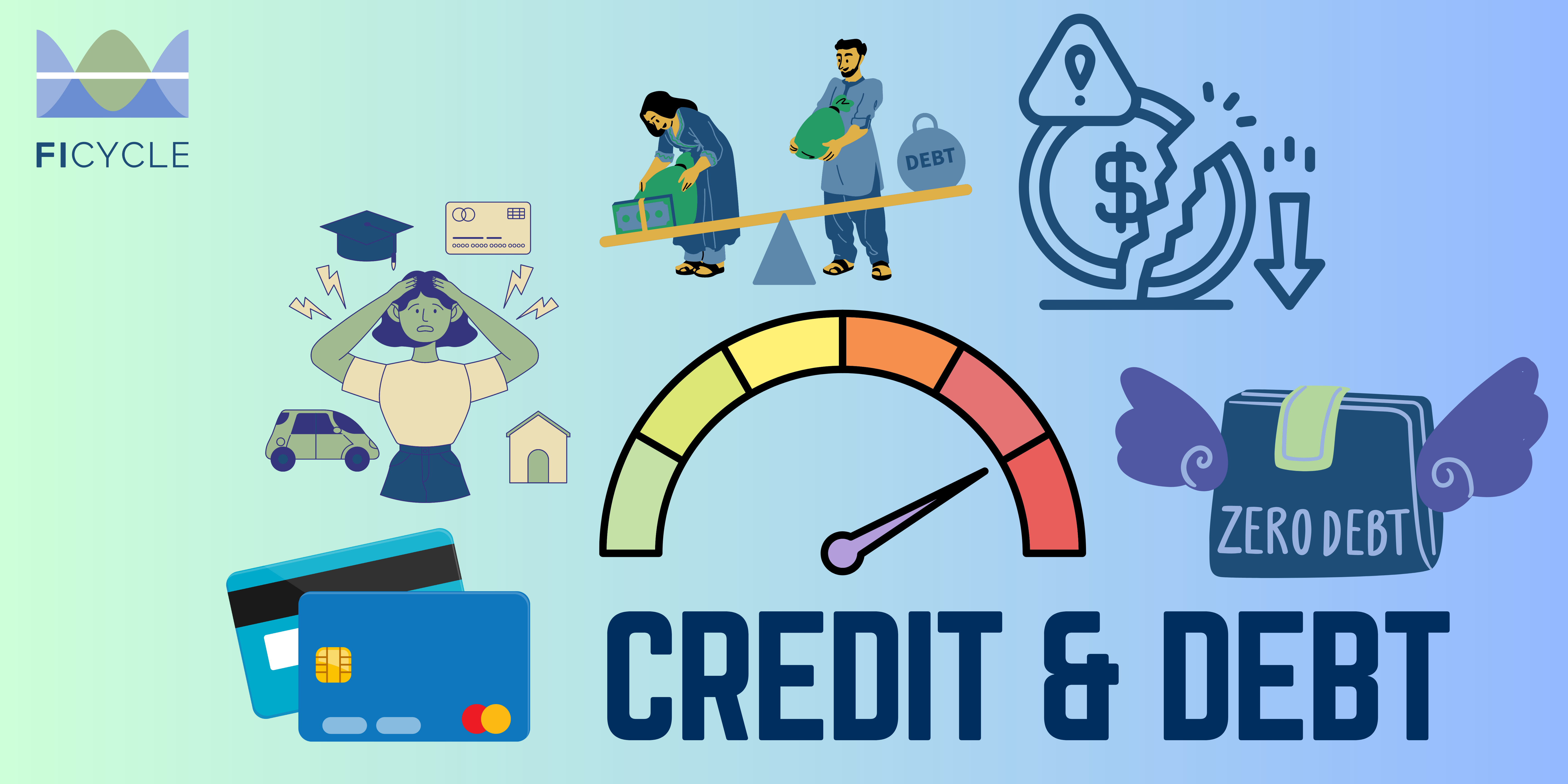What is Debt?
What is credit? What is debt?
“Once I was the credit to my credit card. Spent what I hadn’t got, wasn’t hard.”
— Peter Gabriel, Waiting for the Big One.
While we have previously discussed money, an asset, here we focus on the liability side of the balance sheet.
Many of the words to describe borrowing have been distorted by marketing and there is widespread confusion about the words debit and credit. Let’s clarify the concepts and agree on some usage of the words debit, credit, and debt. (Note that these words have multiple meanings in finance. While they are the same words and are connected to related concepts, when talking about transactions from an individual’s perspective, they do not have the same meaning as debits and credits do in accounting).
Debit vs. Credit
When you take money directly from your checking account that is a debit. When you buy something with a promise to pay soon, that is buying on credit. By credit, we generally mean a purchase without immediate payment, but that full payment is expected soon. For example, many business-to-business transactions have terms like “net 30.” That means you pay the bill within 30 days. While informal store credit was fairly common for retail purchases 25 to 50 years ago, it has now been largely replaced by “credit cards.” In some small towns and some city bodegas, the clerk might still be willing to keep a tab on your purchases that you pay about once a month.
Whether you pay with cash, check, debit card, or credit card, from a net worth standpoint you are in the same position. You have either reduced your cash asset, or you have incurred a liability.
Once a payment is no longer expected to be paid in the short term it becomes a debt. If you keep a balance on your credit card, you should probably call it a “debt card” but it is pretty clear why that may not be the best name for marketing purposes.
Types of Debt
Generally, debts are either secured or unsecured and recourse or non-recourse. Secured debt means that if payments are not made, the lender has the right to take the asset that is tied to the loan. The asset is called the “collateral” for the loan. An unsecured debt means that there is no particular asset tied to the debt. Recourse means the lender has the right to demand payment from your personal assets. Non-recourse means that they cannot seek repayment from you personally.
- Mortgages (loans to purchase a home) and auto loans are examples of secured debt with recourse. If you do not make payments the lender can take your home and they can also make a claim on your other assets if the value of the “collateral” is not sufficient. In some cases, mortgages are non-recourse, and the lender cannot make a claim on your other assets or income.
- Margin on securities purchases is another form of secured debt. If the value of your portfolio falls, the broker will sell assets to reduce the debt to the required level. [In financial markets, a form of margin are repurchase agreements. With a repurchase agreement an owner of a security, sells the security today and agrees to buy it back later. The original owner of the security in essence has borrowed money and the other party has made a short-term secured loan. Such repurchase agreements “called repos” make up a substantial part of the funding of fixed-income capital markets.]
- Credit cards are generally non-secured, but do have recourse. There is no particular asset or collateral, but the lender can make a claim on your personal assets. A variant on the credit card is a secured credit card, where the borrower deposits money with the bank or credit card company and their credit is limited to the deposit.
- What about an unsecured, non-recourse loan? It would generally be difficult to get such a loan from a financial institution, however, many loans from friends and family are exactly of this type. The lender hopes that you will pay the money back, but they are not likely to seize assets or take you to court for payment. However, non-payment of such debts often leads to family conflict and hard feelings on both sides that can last decades.
Not all debts involve an exchange of money. Providing a guaranty for someone else’s debt makes it your debt. If the borrower is unable to pay, you will be on the hook. Even though you didn’t provide any money to the borrower, providing a guaranty has the same risk as making a loan to the person who did take out the loan.
Getting out of debt.
Of course, the best way to get out of debt is to make the necessary payments. Bankruptcy is another way out, but it comes with significant consequences. For most loans, if you declare bankruptcy, after whatever debts can be satisfied from your assets are paid, you have no further obligation to pay. One exception to this is student loans, which are not discharged in bankruptcy. However, if you declare bankruptcy, the court will work to satisfy as many creditors as possible by taking money from your bank account and selling your assets. It will also be much more difficult to borrow money for five to seven years.
Debt and Interest
Most debts will require payment of interest, generally monthly. The interest rate will reflect the risk of the transaction to the lender. Secured loans tend to have lower rates and unsecured loans have higher rates. The amount of time allowed to pay off the loan also affects the rate, with longer times to pay generally having higher interest rates. The creditworthiness of the borrower, as reflected in their credit score also affects loan interest rates. Borrowers with strong histories of making loan payments generally have higher credit scores and pay lower rates on their loans. Borrowers without credit scores or with very low credit scores may have limited options for borrowing and may pay very high interest rates or face other fees to borrow.
Summary
In summary, we would recommend the use of the term debit, to refer to a transaction that deducts from your checking account immediately. Credit should refer to transactions where you do not pay immediately but are expected to make full payment generally in less than a month. Any longer-term obligation to make a payment, whether for a purchase or for a loan, should be considered debt. Debt can be recourse, non-recourse, and secured or unsecured. Interest costs are largely tied to the general level of interest rates in the economy and to the risk to the lender of non-payment. Other than student loans, most debts can be reduced or discharged in bankruptcy, but with considerable consequences. Understanding the nature of debt transactions can help people achieve better financial outcomes.



